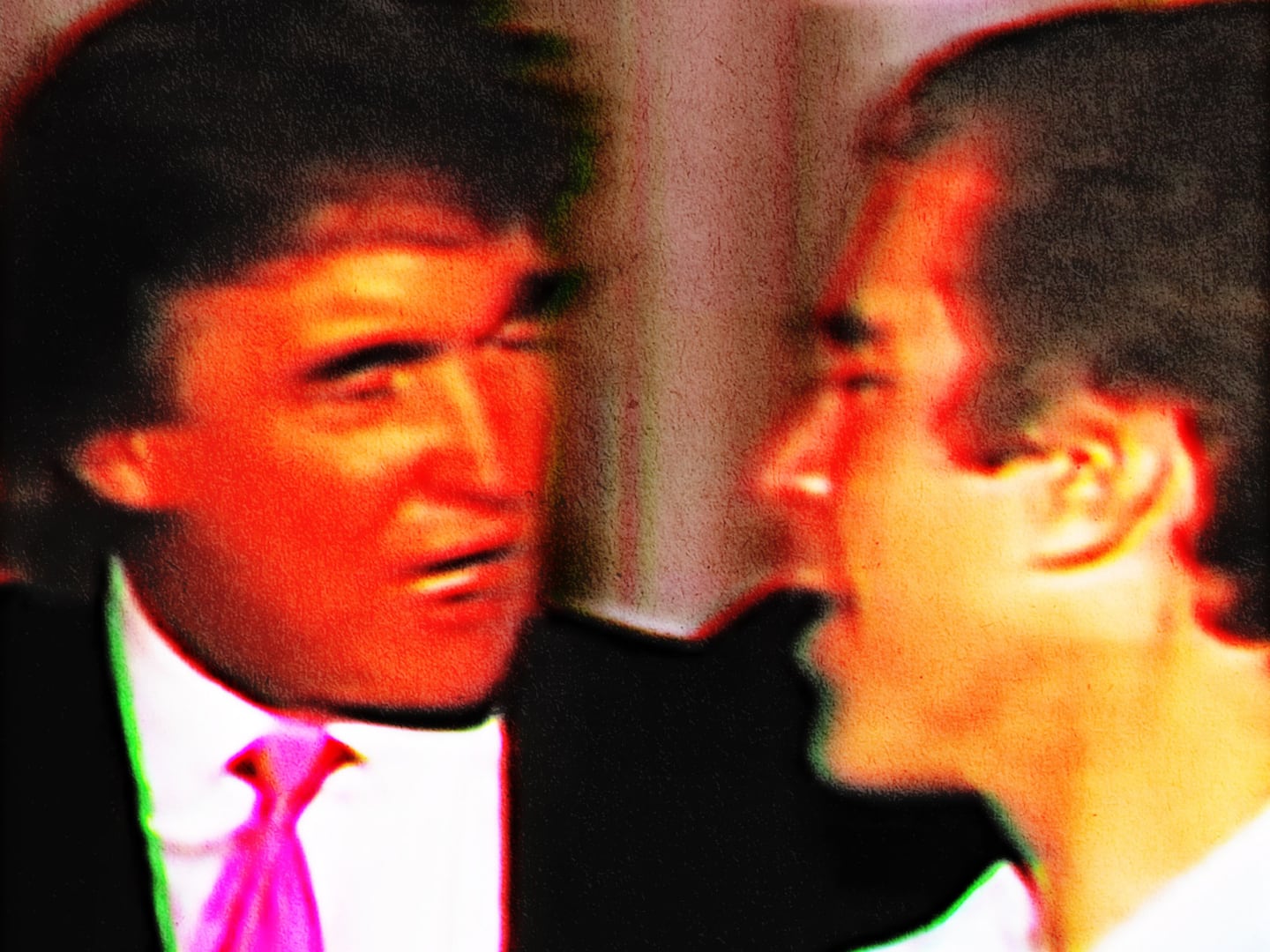Transcendence, starring Johnny Depp, is the latest in a series of Hollywood films with what you might call a transhumanist flair. Other recent movies exploring the symbiosis of man and machine and our relationship with technology include the Robocop remake and Her.

What we are seeing is the mainstream finally flirting with some of the headiest ideas in the history of the world, reflecting our need to grapple with the implications of a world sustained by increasingly powerful technologies, and a redefinition of what it means to be human.
I suppose the main argument goes like this: We are no longer subject to Darwinian natural selection. Exponentially powerful technologies are transforming our sphere of possibilities. What it means to be human is up for grabs. We have taken the reigns of natural selection to become the chief agents of the evolutionary process. And now we have the responsibility to steer the starship, as Bucky Fuller would say.
Consider the words of X Prize founder Peter Diamandis who reminds us in his TED talk that more change has occurred in the last 100 years than in the last billion. Or the words of Ray Kurzweil, described as “the ultimate thinking machine,” who tells us that the supercomputer in your pocket (you call it a smartphone) is a million times smaller, a million times cheaper, and a thousand times more powerful than what used to be a 60 million dollar supercomputer that was half a building in size 40 years go.
What happens in 25 years where those continuing exponential advancements become blood-cell sized devices interfacing with our neurons further extending our intelligence? Or when the full flourishing of biotechnology turns biology into our new canvas that can be upgraded the way you upgrade your smartphone today? Imagine downloading a new wetware patch to “fix” an illness, or programming your genes to radically extend your lifespan. Stewart Brand, the creator of the Whole Earth Catalog, perhaps said it best: “We are as gods and might as well get good at it.”
But this is nothing new. We’ve been transcending our limits and redefining who we are since the advent of stone tools and the emergence of language.
Language is perhaps the most powerful information technology of all, it allowed for a new replicator to enter the scene. When Richard Dawkins coined the term “memes,” he described a new agent of evolution: Ideas. Ideas were not made of DNA, but they still contained information, and language allowed us to encode and transmit this information, birthing human culture, a new evolutionary force, with the power to create and to destroy on a scale never seen before.
Shakespeare was on it when he wrote: “We know what we are, we know not what we may be.”
I often tell people that transhumanism is the ideal response to the human situation and has become our self-defining attribute: which is to say that humans define themselves by their capacity to extend their cognitive boundaries through the use of tools. Technology is how we impregnate the world with mind, it is how we extend the reach of our consciousness, how we extend our agency, it is Crowley’s “magic,” defined as “Willed Intent.”
As maverick thinker, inventor, and futurist Kurzweil tells us, from the very moment early humans picked up a stick and used it to reach a fruit on a tree, we have been using technology to extend our reach.
The cognitive philosophers Andy Clark and David Chalmers have written about the need to make a cognitive leap, to transcend our skin-bag bias, and realize that technology is our second skin, our exoskeleton: “iPhone therefore I am,” one might say.
We didn’t stay in the caves, we haven’t stayed on the planet, and soon with the biotech revolution, we won’t stay within the limitations of biology.
Technology is the embodiment of human imagination, it is the manifestation of our mental models. It is our extended self, our silicon nervous system.
As psychedelic guru Terence McKenna wrote, “Through electronic circuitry and the building of a global information system, we are essentially exteriorizing our nervous system.”
And why do we do this? To defy mortality. To extend our reach.
Ernest Becker’s marvelous Pulitzer Prize winning book, The Denial of Death, distills the human situation down to the fact that we are unique in the animal kingdom in our explicit awareness of mortality. This unbearable realization riddles us with a paralyzing existential anxiety that we need to do something with, and quickly.
With this, he cites three historical solutions to the death problem, three psychological defense mechanisms man has employed against his mortal coil: religion, romantic love, and creativity.
The religious narrative resolved our death anxiety through faith in an afterlife. Except everyone still dies.
The romantic solution deified our lovers so that we have become purged “through a perfect consummation with perfection itself.” Love saves us. Or so we think.
Finally, the creative solution manifests itself in our engineering, our science, our space stations and cities, jetliners and iPhones.. The creative solution is how we actually transform and transcend our limitations.
To be human is to be transhuman.
We subvert our limitations with our engineering prowess. We literally think up new possibilities into existence. “Manifold the wonders,” said Sophocles, “nothing towers more wondrous than man!”
McKenna continues, “airplanes, automobiles, space shuttles, space colonies, starships are as Mircea Eliade said, “self-transforming images of flight that speak volumes about man’s aspiration to self-transcendence.”
Kurzweil is known for his view on the technological singularity, a moment in which man transcends his biological limits. He now works in artificial intelligence at Google. His job is to help create a sentient mind, a thinking machine… This threshold, once achieved, promised to free man of his biological shackles…after that, we spread into the universe, as Kurzweil sums up:
“…It turns out that we are central, after all. Our ability to create models—virtual realities—in our brains, combined with our modest-looking thumbs, has been sufficient to usher in another form of evolution: technology. That development enabled the persistence of the accelerating pace that started with biological evolution. It will continue until the entire universe is at our fingertips.”






